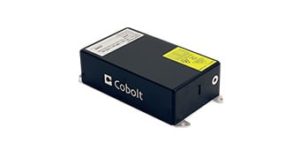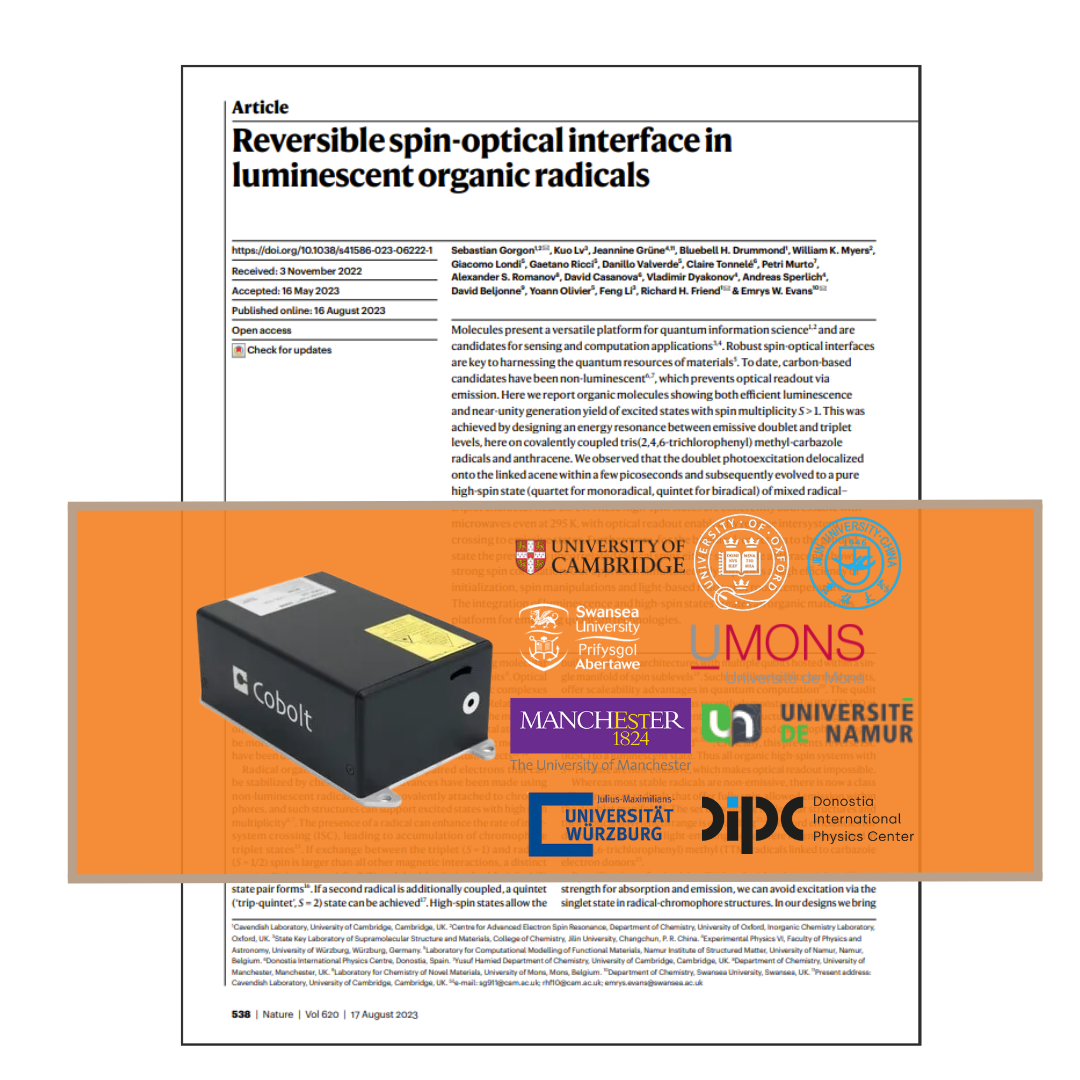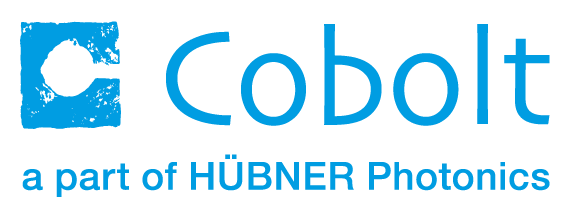3 March, 2021
Flow cytometry
Flow cytometry is an important tool in hematology and immunology and has allowed detailed studies of the dozens of cells types that make up the immune system. This is possible by using antibodies targeted against specific protein receptors on the cell surfaces. When the antibodies are coupled to a fluorescence label tag they can be detected on the cell surface when illuminated with the specific laser wavelength and thereby enabling rapid diagnosis of various autoimmune and disease conditions. There are also fluorescence sensors that can measure cell membrane integrity, electric potential, mitochondrial function and calcium concentration. Other labels, such as fluorescent proteins, can be used to detect the gene expression in cells.
In the cytometry process, a cell population sample labelled with fluorophores is suspended in a fluid and then the cells, one by one, are made to pass through one or more laser beams of different colors at very high speed. The physical and biological properties of the cells are characterized by measuring the scattering effects as well as emitted fluorescence signals. The cells are guided through the laser beams either as a hydro-dynamically focused jet stream or by using microfluidic devices. The signal data generated is computer processed and usually presented in single-dimension histograms, or in bivariate dot plots to separate out, detect, and quantify different sub-populations of cells in the sample. More advanced cytometry systems are also able to physically separate and thereby purify cell populations of interest based on their optical properties by use of Fluorescence-Activated Cell Sorting (FACS).

Typical flow cytometry principle. Wikipedia
Read our recent mention in an article from the January 2019 edition of Laser Focus World which discusses visible laser sources for flow cytometry. Read how the Cobolt Skyra multi-line laser is allowing more compact flow cytometry systems with increased functionality.
Single and Multi-line lasers for flow cytometry
Because flow cytometers often require more than one wavelength, multi.line lasers are a natural for this purpose. Cobolt (Solna, Sweden) has provided the flow-cytometry market with standalone high-performance lasers over the visible spectrum for many years, notes Håkan Karlsson, the company’s CEO. “Originally, it was our DPSS laser technology with high powers of 532 nm and 561 nm which made Cobolt lasers attractive to the flow community, and in later years our diode-laser portfolio.” More recently following the market request for more compact, easy-to-use lasers, the company introduced a multiline laser—the Cobolt Skyra, Karlsson adds.
The Skyra combines up to four individual laser wavelengths, which are permanently aligned using a method that is patent-pending. “The idea was to be able to offer a single compact package that could be used like a single-line laser: that is, an easy-to-use, robust laser with no need for realignment,” Karlsson says. He also notes that the lasers are made via the company’s HTCure manufacturing method, which he says allows the light sources to meet the beam overlap, power stability, and noise specifications needed for flow cytometers (the HTCure includes matching coefficients of thermal expansion of components so that they are unaffected by the high-temperature baking process. In addition, Cobolt offers customized offset line focus optical designs, which are typically requested from the flow market.
Cobolt Skyra multi-line laser. Up to 4 lasers in a single housing for flow cytometry
Read the whole article: Lasers for flow cytometry are small, solid, and reliable.
More resources
Explore our Publications for practical insights on how our customers are leveraging the power of our lasers in their projects.
Customer publications
Product line: Cobolt
Application: Quantum
Wavelength: 532 nm, Tunable VIS
New Discovery in Quantum Technology: Shining Light on Organic Molecules
scientists have developed organic molecules that can glow brightly and be used in advanced quantum technologies
Customer publications
Product line: Cobolt
Application: Quantum
Wavelength: 594 nm, Femtosecond 1um
Nanographene Research Unveils Highly Soluble Quantum Dots
Researchers have unveiled a new family of nanographene materials with the help of the Cobolt Mambo 594 nm laser.
Customer publications
Product line: Cobolt
Application: Fluorescence microscopy
Wavelength: 488 nm
New Breakthrough in Cellular Imaging with the Cobolt 06-MLD Laser
Scientists at the KTH Royal Institute of Technology in Sweden, and Calico Life Sciences, have made significant strides in cellular imaging.








